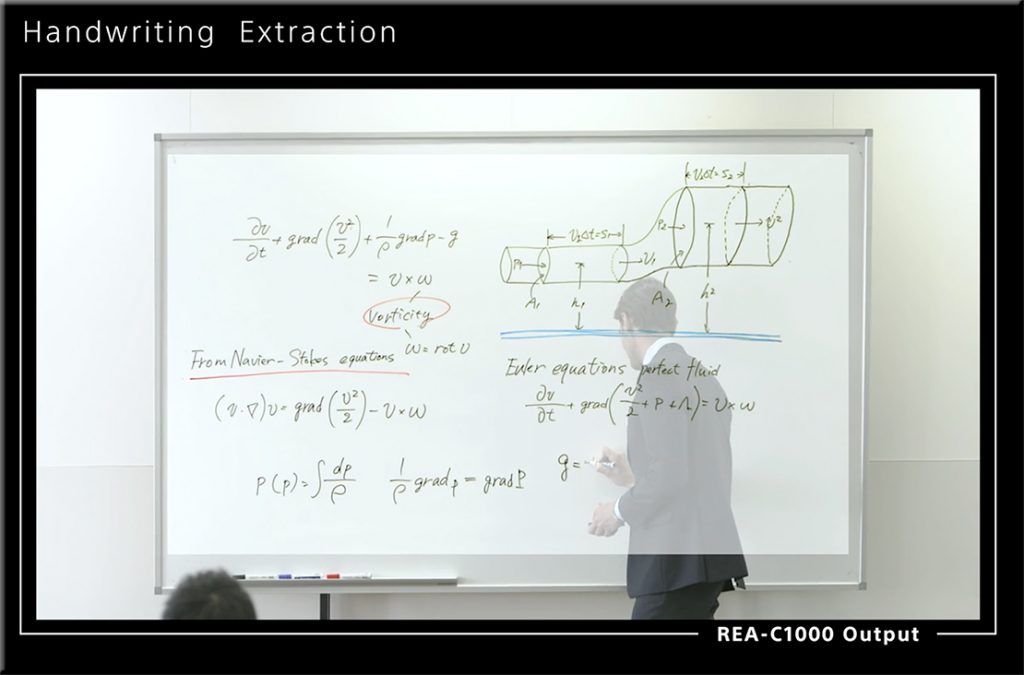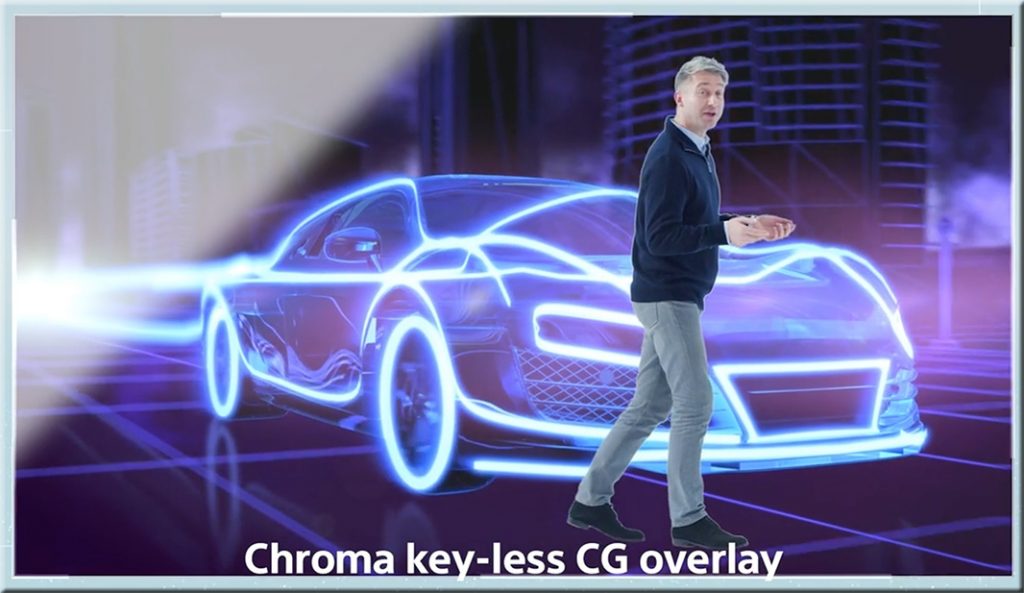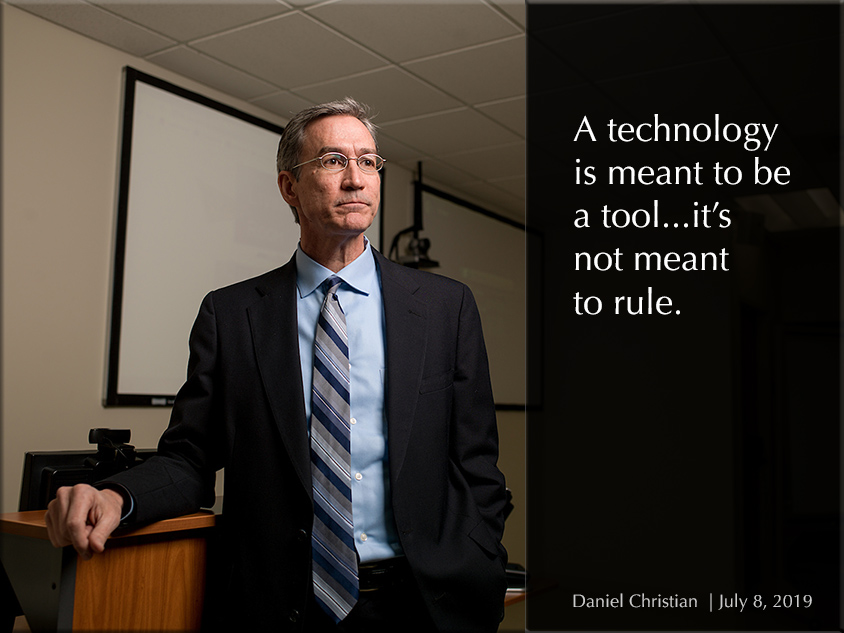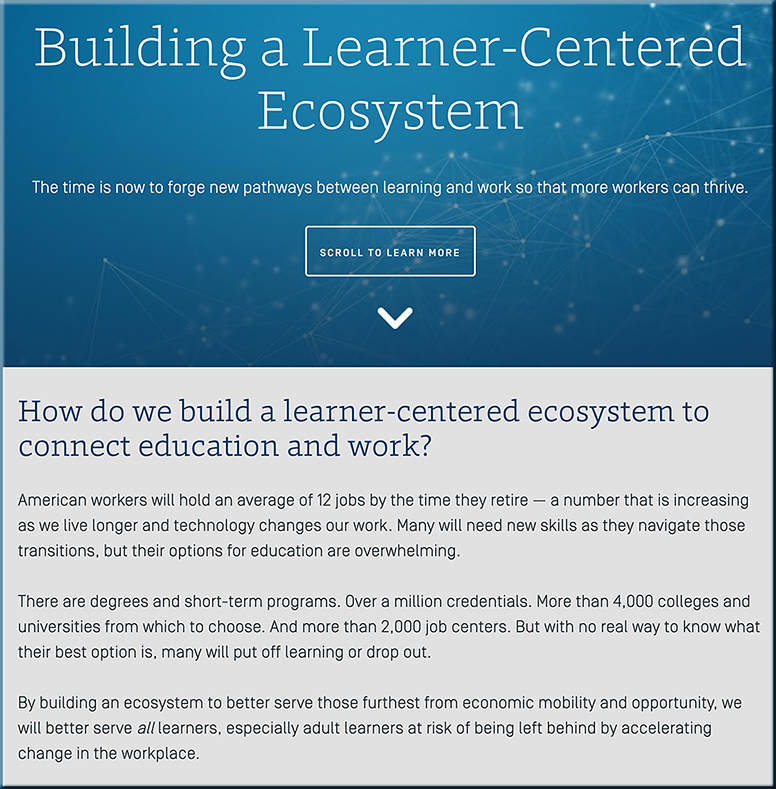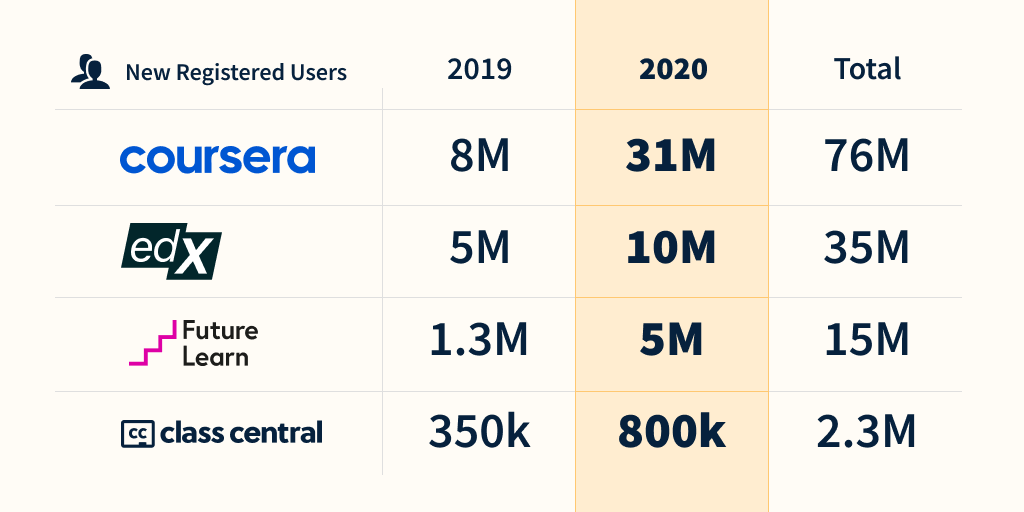Remote Learning Isn’t Just for Kids — from nytimes.com by Kerry Hannon
New online tools and an array of remote classes and programs are ramping up education and training for adults.
Excerpt:
Adult education, however, is “the Wild West” of education technology, according to Mr. Yoquinto. There are many outlets experimenting with ways to get a handle on the online adult education marketplace, including community colleges and universities, for-profit learning platforms, workshop providers and nonprofit organizations.
Above resource per Laurie Burruss out on LinkedIn:
The internet has empowered adult learners by providing new online tools to ramp up education and training. “The need for workers to keep pace with fast-moving economic, cultural and technological changes, combined with longer careers, will add up to great swaths of adults who need to learn more than generations past — and faster than ever,” said Luke Yoquinto, a research associate at the M.I.T. AgeLab and co-author of “Grasp: The Science Transforming How We Learn











